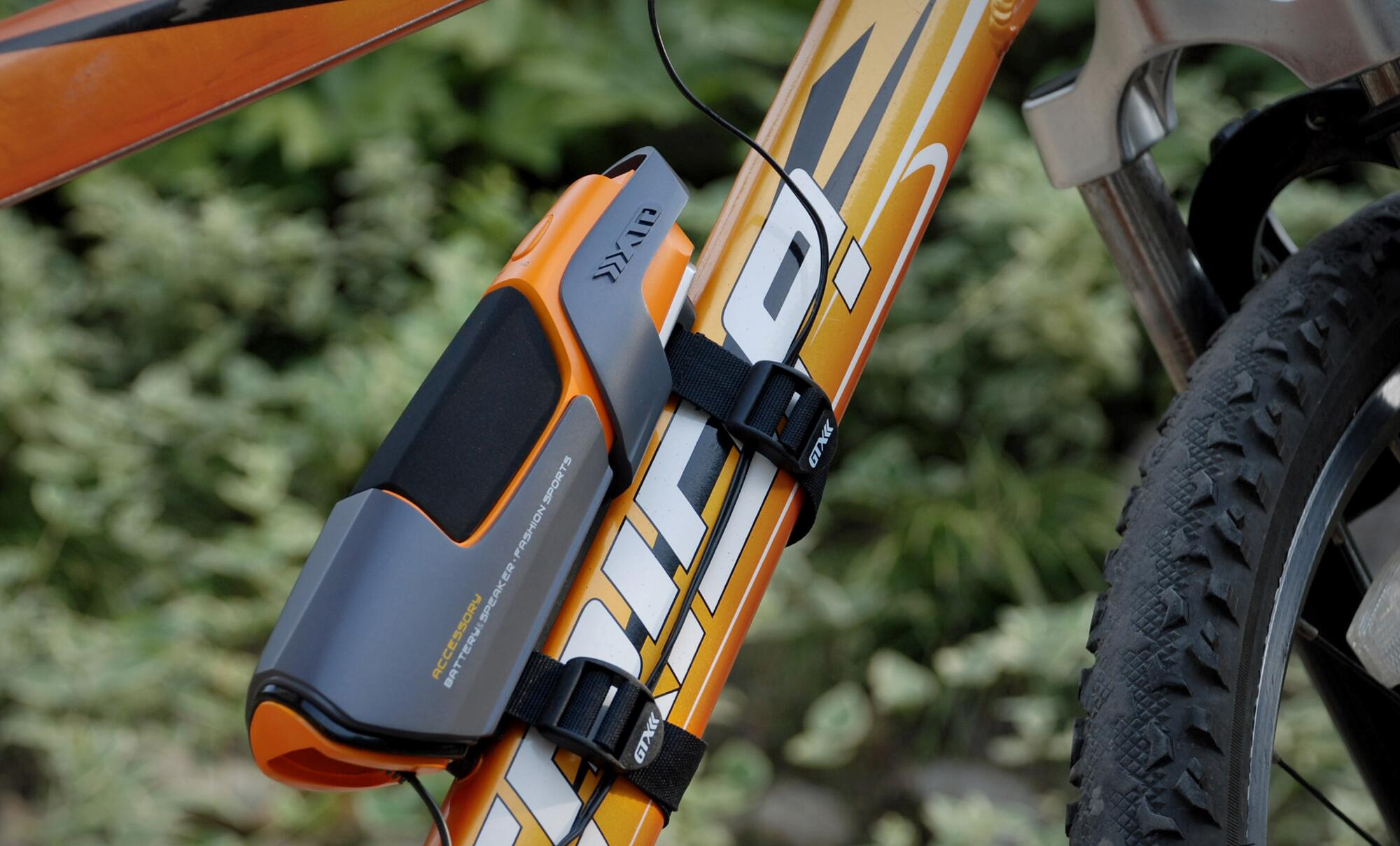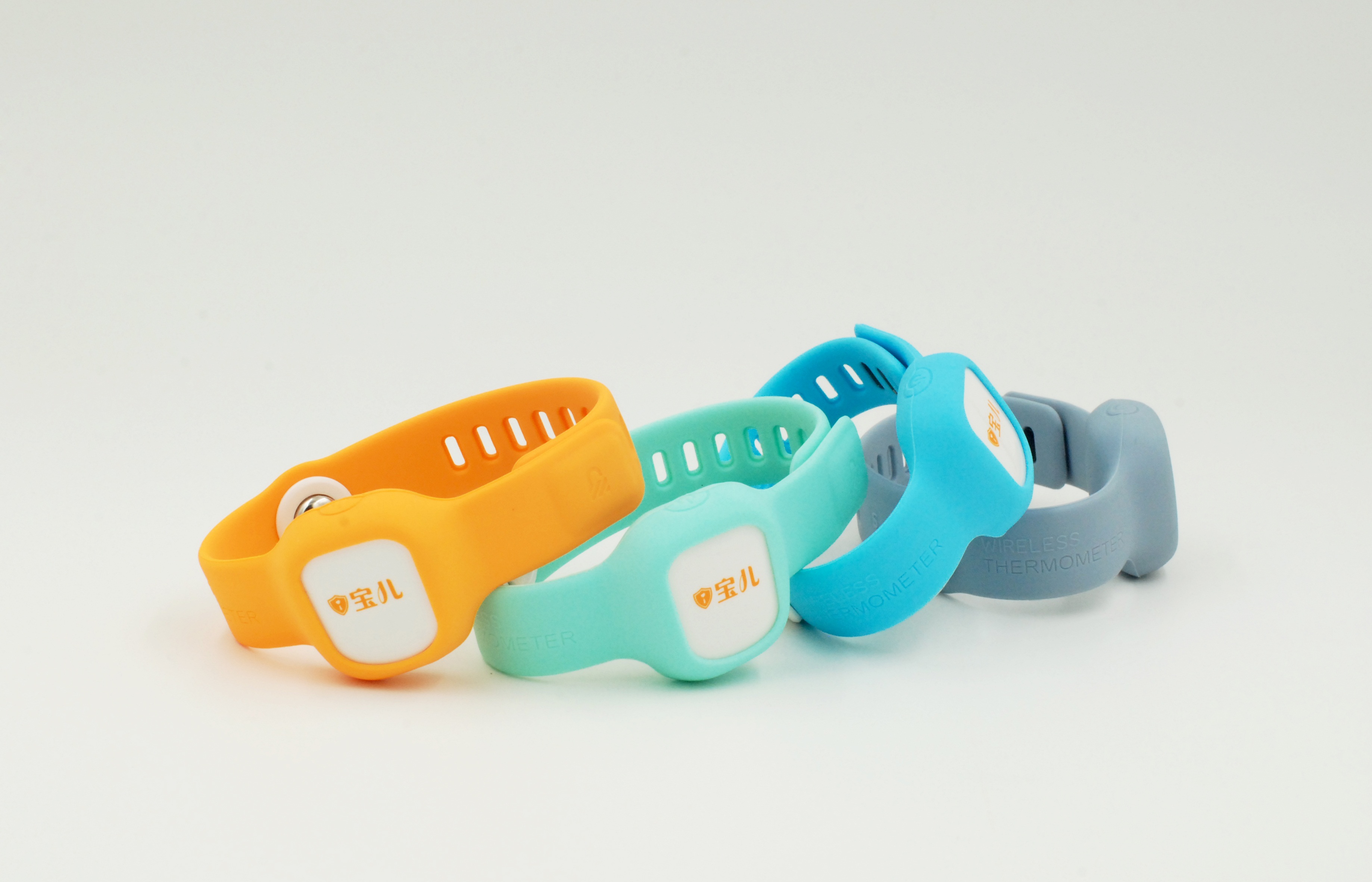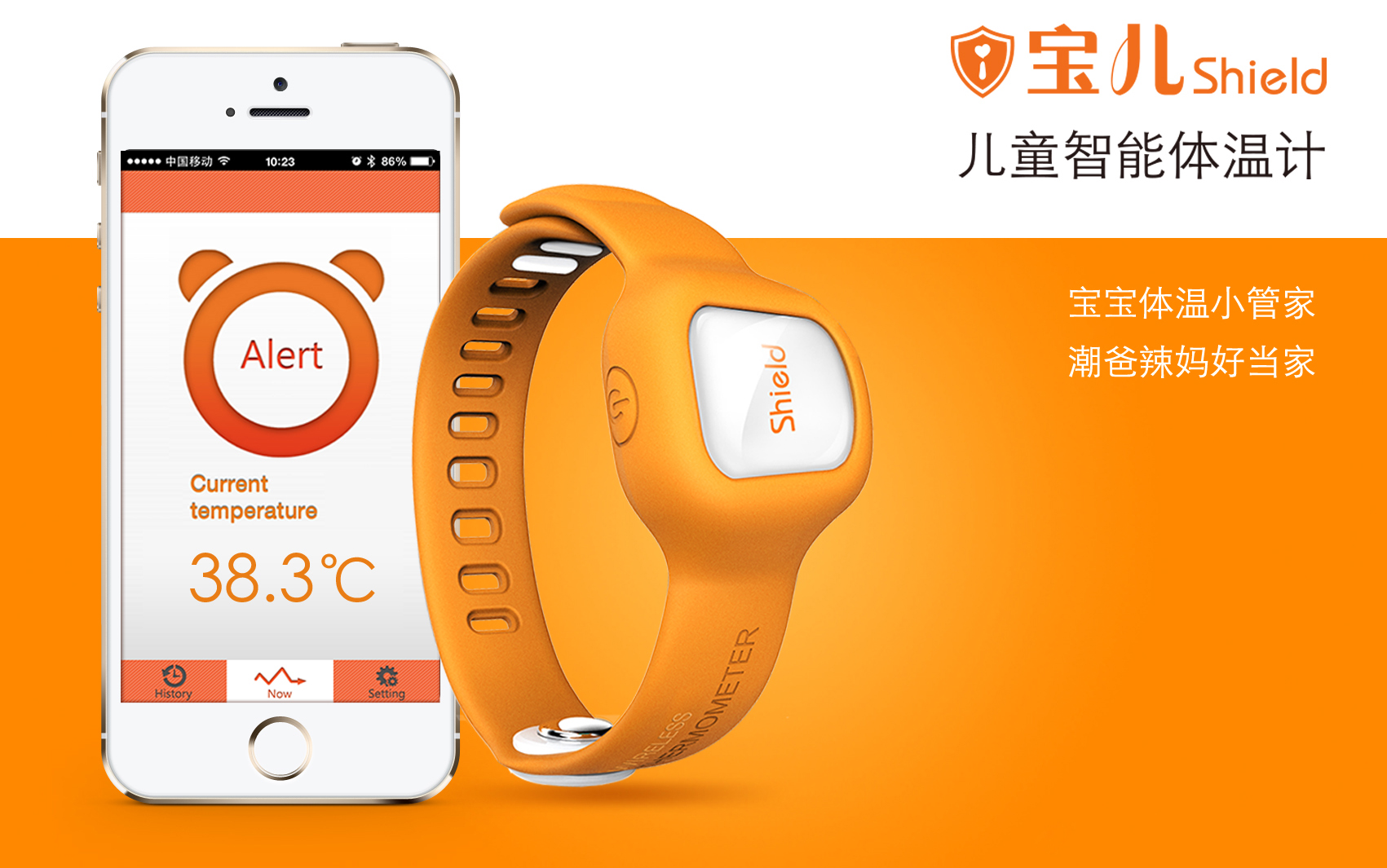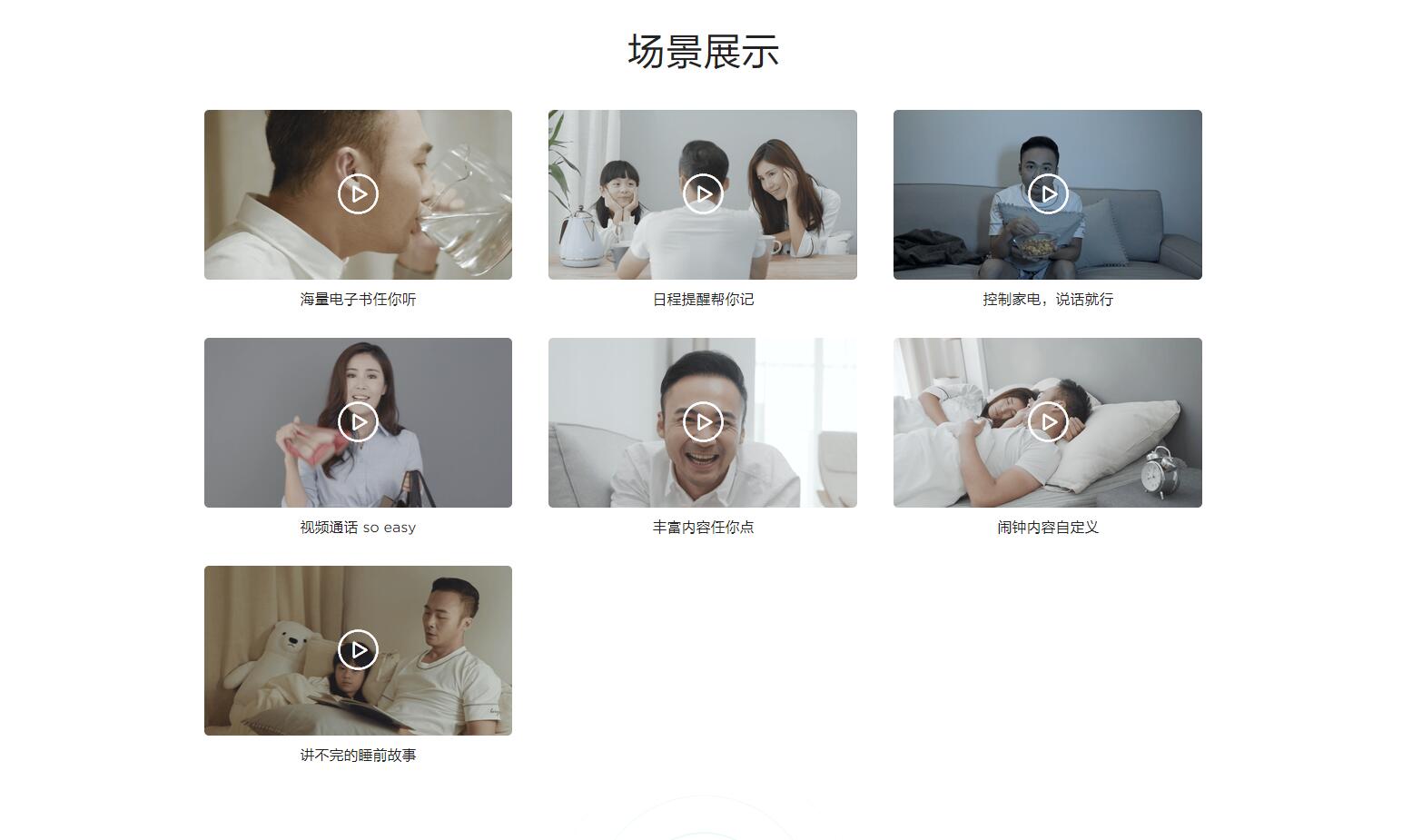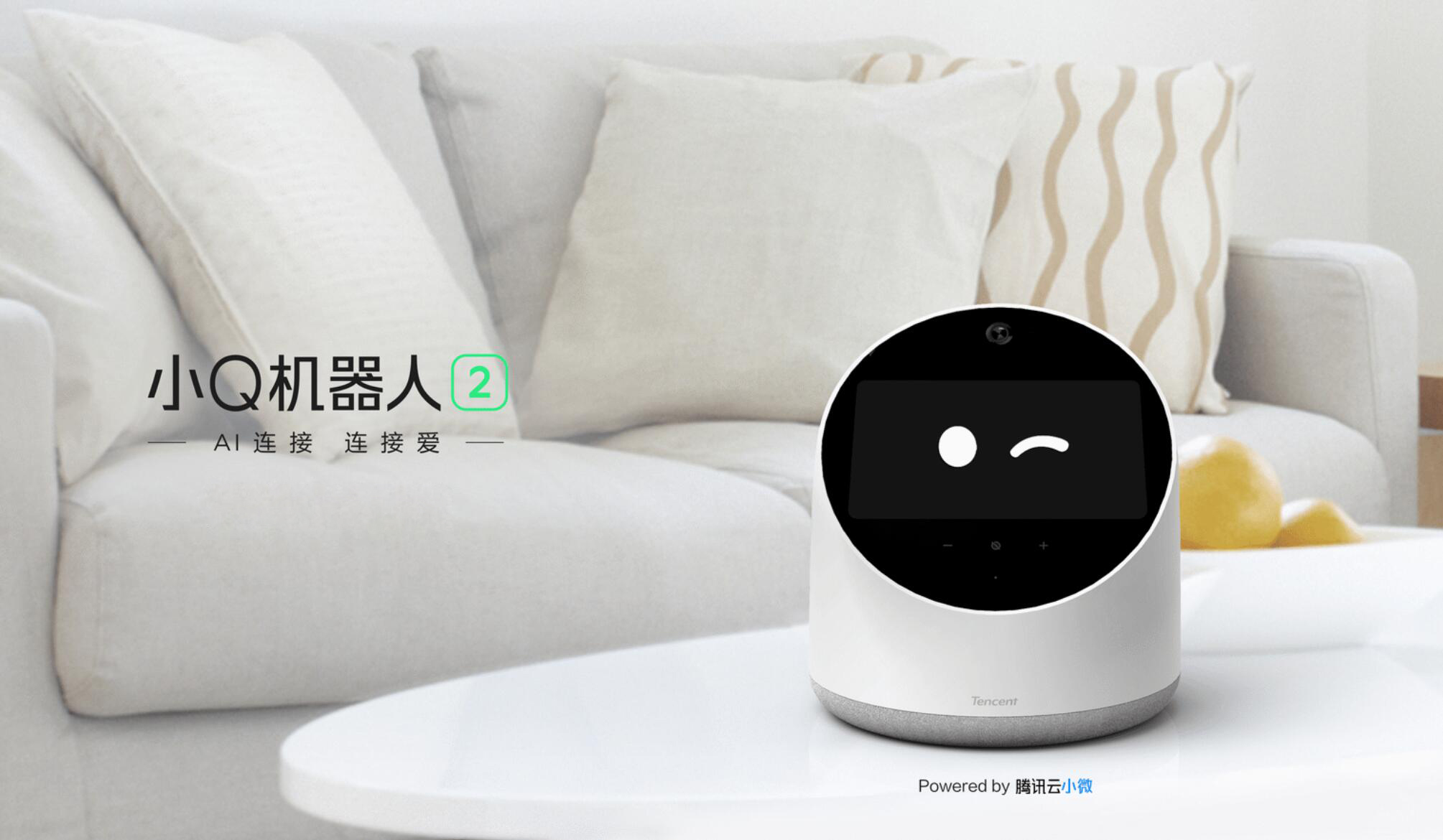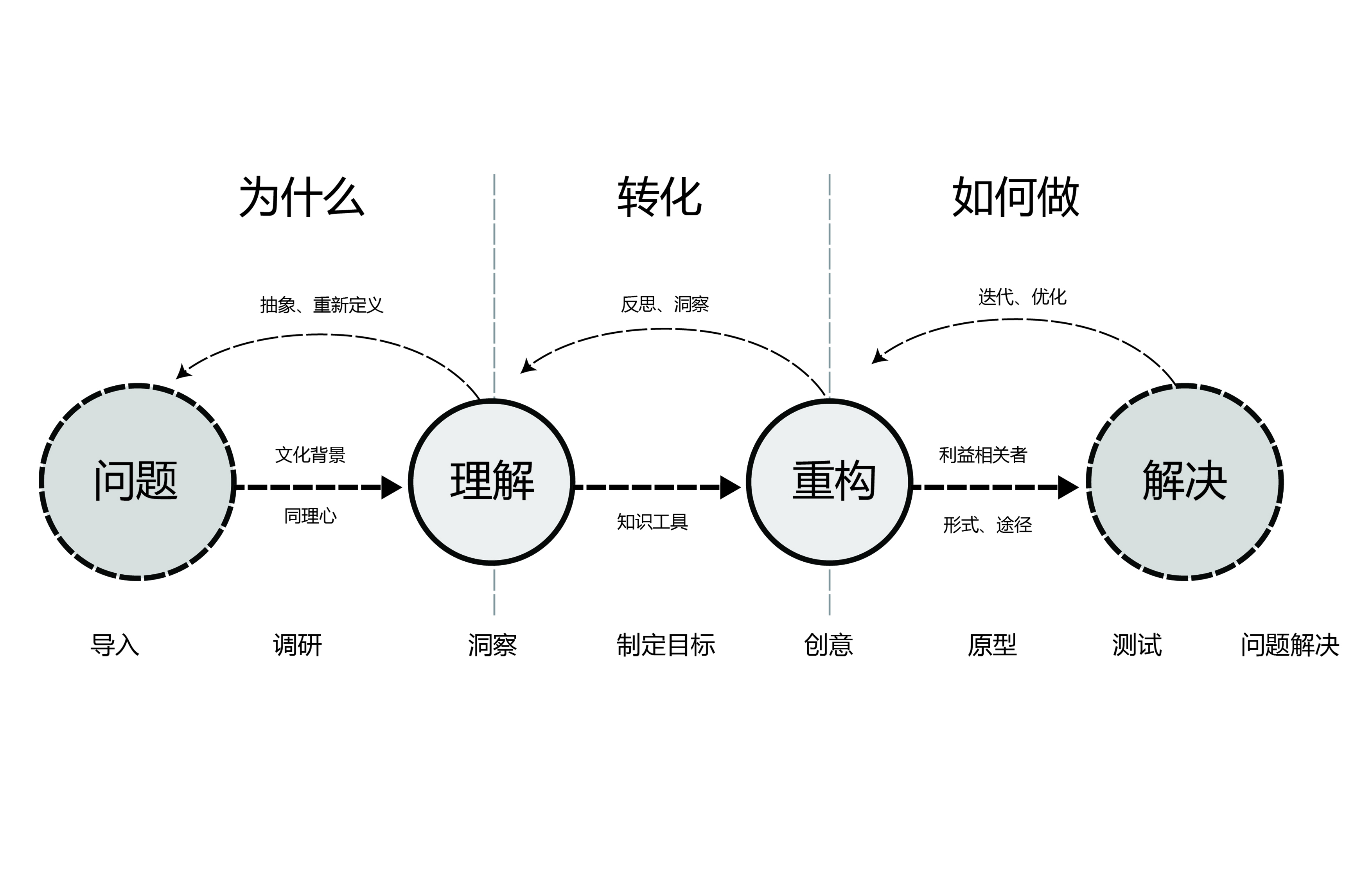-
 Cheng Peng
Tencent
Senior Product Manager
Cheng Peng
Tencent
Senior Product Manager
Design thinking inspires infinite possibilities with limited resources.
In practical work, we often face the fact that manpower is basically in shortage, capital is often reduced and time is always limited. How to strategically "use the best material at the key point" in this common state is a topic worthy of common discussion.
This workshop will revolve around the theme of "design thinking lets limited resources inspire infinite possibilities" throughout the whole process, take human’s decision-making behaviors as the design object, combine the whole process of Tencent AI hardware exploration project as the case (opportunity discovery- requirement definition - design development - supply chain management - channel marketing), and through the thinking on the discovery - reflection - reconstruction of problems as well as the use of a variety of design methods, finally display the whole process of reasoning of a reasonable solution:
·Why do we do so?
·What is the principle of doing so?
·How do we do?
·What will it be like after we do it?
Through the workshop, participants will learn the thinking models and design methods and the theoretical support behind it. Besides, taking the project as an example, it conducts in-depth analysis of the cases of projects in which small teams explore software and hardware combination in the field of AI, and analyze how to apply the methods into practical projects:
1. Opportunity discovery: product opportunity identification
2. Requirement definition and design research and development: formulation and insight of user experience strategies for AI products
3. Supply chain management: introduction and insight of the links of production and supply chain
4. Channel marketing: introduction of marketing and operation modes and summary of methods
Deduce how to explore the possibility of maximizing user and business value through design thinking in the case of limited resources in actual projects.
1. Warm-up: discover common problems encountered in daily life through cases and define the scope of design shared this time
2. Explanation: introduction of thinking models and design methods and the theoretical support behind
3. Deduction: draw inferences about other cases from one instance in terms of thinking models
4. Practices: on-site practices, select a topic and use the method described to simulate the operation of a project
5. Sublimation: apply design thinking to life and working scenarios.
1. Product managers
2. Interactive designers
3. Industrial designers
1. Identification methods of product opportunities;
2. Formulation of user experience strategies of AI products;
3. Understand the core links of hardware production;
4. Judgment factors of priority classification and decision-making of projects;
5. Formulation of marketing schemes and strategies;
-
 程鹏 - 自行车项目-GTX自行车套件
程鹏 - 自行车项目-GTX自行车套件
-
 程鹏 - 智能硬件-宝儿智能温度计
程鹏 - 智能硬件-宝儿智能温度计
-
 程鹏 - 智能硬件-宝儿智能温度计
程鹏 - 智能硬件-宝儿智能温度计
-
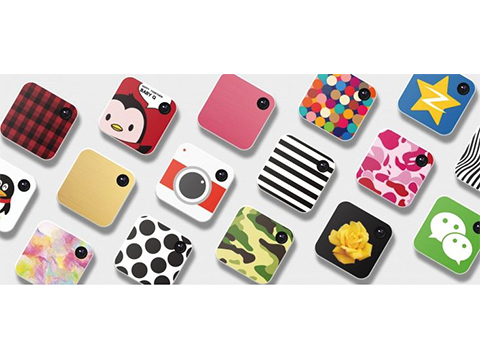 程鹏 - 智能硬件-Qlippie装扮穿戴相机
程鹏 - 智能硬件-Qlippie装扮穿戴相机
-
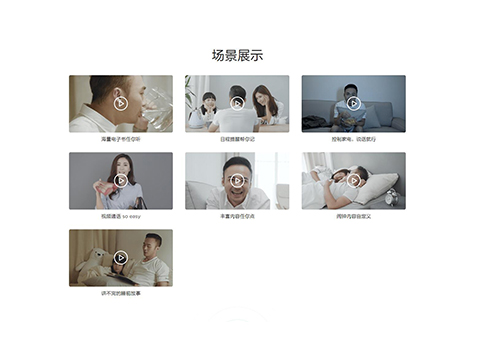 程鹏 - AI项目-小Q场景展示
程鹏 - AI项目-小Q场景展示
-
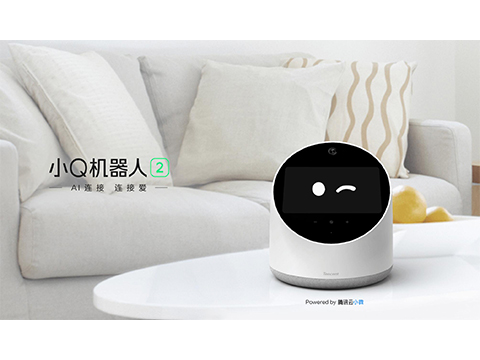 程鹏 - AI项目-小Q机器人
程鹏 - AI项目-小Q机器人
-
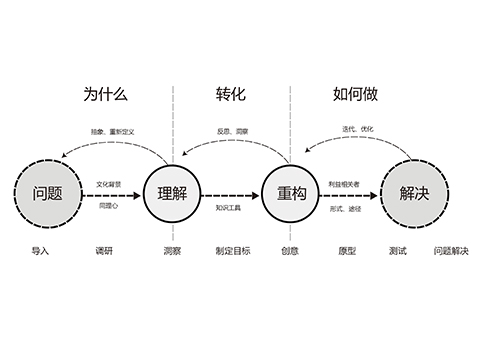 程鹏 - 决策思维模型
程鹏 - 决策思维模型






